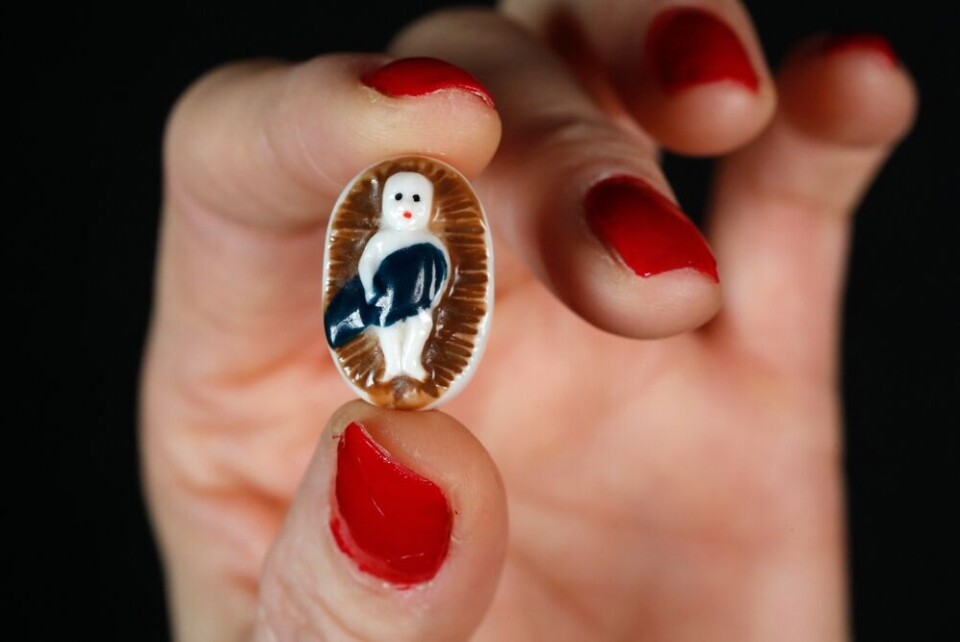-
RECIPE: How to make a perfect French galette des rois
To celebrate Epiphany, people across France enjoy a traditional, sweet treat: the galette des rois. We share a simple recipe to make your own
-
Macron ‘make effort’ galette speech draws criticism
French President Emmanuel Macron has been criticised after saying that French people must remember the importance of “making an effort”, in his speech at this year’s galette des rois ceremony.
-
How to throw out your Christmas tree legally
January 6 is the traditional day for throwing out the tree – but what are you supposed to do with it?
Fabophiles: can you guess what they like (clue: now is apt in France)?
Not a word you hear a lot out of January - but there are potentially millions of them in France

They eat or applaud what they do not find, and do not eat but keep what they do…
The high season of fabophiles is here. We look at the surprisingly rich culture behind the collectors of this Epiphany staple.
The galette des rois, or Kings’ cake, is served at Epiphany each year, in a tradition that has subsisted since Roman times.
Indeed, the name fabophile, comes from the Latin faba for bean and the Greek philia for love.
However, the tradition has transformed over the past century in France, becoming separate from its old religious aspect but closer to the living pulse of culture.
In large part this is due to the little fève hidden inside each cake, which one person finds and keeps, along with the crown.
Where once they were usually religious figures, now they are more likely to represent Smurfs, Minions or Peppa Pig.
“They say that the first fève used as an advertisement was shaped like a little moon,” collector and fève historian Sylvian Delhoumi told Ouest France.
“They were made by a baker from Normandy who had moved to Rue de la Lune in Paris sometime before 1914.”
Over the years, these curiosities become collectors’ items for fabophiles, many of whom have thousands of fèves.
Most today are made of porcelain, although in the past there have been metal and even plastic fèves.
À vendre collection de fèves ( certaines pièces de grosse valeur ) qui date de plus de 30 ans, environ 5000 pieces 1500€ négociable RT APPRÉCIES 🙏 pic.twitter.com/ocvLoFNENz
— vitinho (@vitinhoDu94) September 16, 2019
The number of fabophiles in France is impossible to gauge. Millions of people have ten, thousands have thousands.
Some rare fèves, such as the one made to celebrate the Entente Cordiale alliance in 1914, are worth up to €2,000.
“Fèves have always been a marker of their period,” said Mr Delhoumi. “It is what I find most interesting: they are a reflection of history.”
“There are fèves celebrating the progress of aviation, of air balloons, or about history with the Entente Cordiale and various wars.
However, with up to 5,000 new models of fèves each year, from mass-produced Disney characters to those carefully made by artisanal bakers, fabophiles will never run out of objects to collect and exchange.
Read more
RECIPE: How to make a perfect galette
Dates of January sales in France and key points to know























